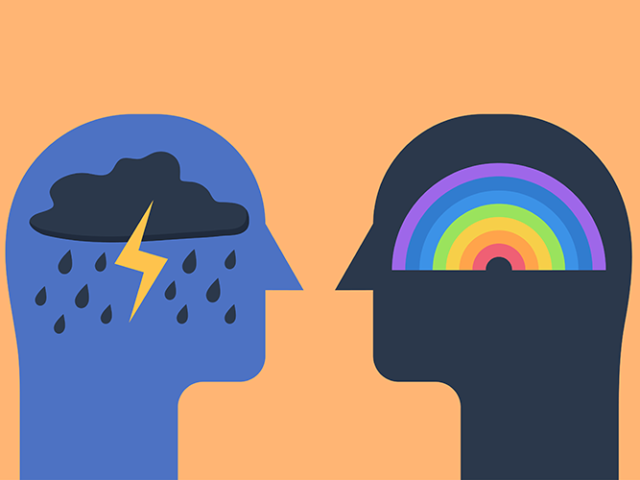The use of AI is becoming increasingly prevalent in our lives, from helping us to search the internet more efficiently to providing us with instantaneous art. Now, Students are beginning to use AI technology to help them with, or potentially avoid, their studies by using text-generating AI. This article aims to look at how students are utilising text-generating AI to help them with their studies and what the benefits and negatives of this technology are in relation to this.
How students are using it
Above all else, students are using text generating AI for the exact reasons the name implies, to generate written content quickly and easily, but also to automate tasks that would usually be time consuming endeavours of research and writing.
With the utilisation of text generative AI, students can create essays, reports, and other written assignments more quickly with considerably less effort. Through inputting keywords and phrases relevant to almost any topic, the AI used can generate relatively high-quality content that is specifically tailored to the requirements given.
Beyond just the writing side, these sort of AI, specifically versions such as ChatGPT, can even complete other academic tasks, such as mathematics, coding, or problem solving.
The implications of text-generating AI on students
Whilst this may seem like a potentially great tool for advancing methods of learning or speeding up often long and tiring academic assignments it does come with a plethora of issues and concerns.
As Noam Chomsky, American Linguist and Activist, comments, the use of text generative AI is essentially “high-tech plagiarism” and “a way to avoid learning.” These are such a couple of the genuine concerns surrounding the implications generative AI will almost certainly have on the academic world.
For starters, there is the constant potential for plagiarism, with text-generating AI making it easier than ever for students to pass off someone else’s work as their own. This is thanks to the the AI’s ability to produce content that looks like it was written by a human or reconfigure existing works.
The lack of critical thinking skills involved in the use of these Ais is another big concern. Over-reliance on text-generating AI can lead students to become less creative and independent thinkers, as they come to rely on AI to do the thinking for them.
Implications regarding originality are also of concern, text-generating AI only technically being able produce content that is similar to what has been written before, which can reduce the student’s ability to express themselves in an original and unique way or generating new ideas.
Over reliance on these tools can also result in a reduction in writing ability. Without practice, students may find that their writing skills deteriorate over time due to lack of practice with generating original content on their own.
Additionally, whilst text-generating AI can produce content quickly, it may not be able to accurately explain concepts or provide a comprehensive analysis of the topic. It could also hinder the learners capabilities of gaining a true understanding of the subject matter, especially if they solely use it to complete the task(s) for them.
Finally, there is the concerns over generative-AI’s sometimes unreliable information. If the occurs on a work piece, it would not only mean that the assignment is wrong, but it could also completely misinform the student making use of it.
Is it all bad?
Whilst it would seem like text-generative AI is a seemingly strong ‘no-go’, if used as a tool instead of a supplement it could have some genuine benefits to the academic environment.
For example, text-generating AI could potentially help students to become better writers by providing them with feedback on grammar, spelling, and syntax errors on work they complete themselves. This can help them refine their writing skills and become more confident in their writing.
Beyond just this, text-generating AI could help students better understand a topic by providing succinct summaries or explanations of complex concepts that they need. If used as a research tool, it could massively aid in helping more students learn in a more accessible and understandable way.




